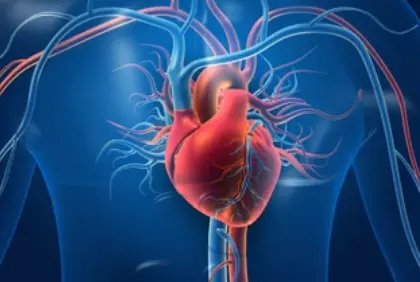 Welcome
Welcome
“May all be happy, may all be healed, may all be at peace and may no one ever suffer."
Jaundice - Generics
Jaundice is a medical condition characterized by the yellowing of the skin and whites of the eyes. It is caused by an increase in the levels of bilirubin in the blood, a waste product produced by the normal breakdown of red blood cells in the liver. Jaundice is not a disease but rather a symptom of an underlying condition, which could be a sign of a serious liver disease.
There are three types of jaundice:
- Pre-hepatic jaundice: This type of jaundice is caused by an increase in the breakdown of red blood cells, which results in the release of large amounts of bilirubin into the bloodstream. The liver is unable to process this excess bilirubin, leading to jaundice.
- Hepatic jaundice: This type of jaundice occurs when there is damage to the liver, preventing it from processing bilirubin effectively. The most common cause of hepatic jaundice is viral hepatitis.
- Post-hepatic jaundice: This type of jaundice is also known as obstructive jaundice and occurs when there is a blockage in the bile ducts, preventing the liver from excreting bilirubin into the intestine. The most common cause of post-hepatic jaundice is a gallstone blocking the bile duct.
The symptoms of jaundice may vary depending on the underlying cause. Common symptoms of jaundice include:
- Yellowing of the skin and whites of the eyes
- Dark urine
- Pale stools
- Itchy skin
- Abdominal pain
- Nausea and vomiting
- Fatigue and weakness
- Fever
Treatment for jaundice depends on the underlying cause. In cases of pre-hepatic jaundice, the underlying condition causing the increased breakdown of red blood cells needs to be addressed. In cases of hepatic jaundice, treatment may involve addressing the underlying liver disease. In cases of post-hepatic jaundice, the obstruction in the bile ducts needs to be removed.
In conclusion, jaundice is a medical condition characterized by the yellowing of the skin and whites of the eyes, caused by an increase in the levels of bilirubin in the blood. It is not a disease but rather a symptom of an underlying condition, which could be a sign of a serious liver disease. Early diagnosis and treatment of the underlying cause of jaundice are essential for a successful recovery.

Funduscopy

Status epilepticus

Opioid Withdrawal

Verruca

Hypercalcemia of malignan...

SLE

Paralytic ileus

Cardiovascular disease
Jaundice, জন্ডিস
To be happy, beautiful, healthy, wealthy, hale and long-lived stay with DM3S.